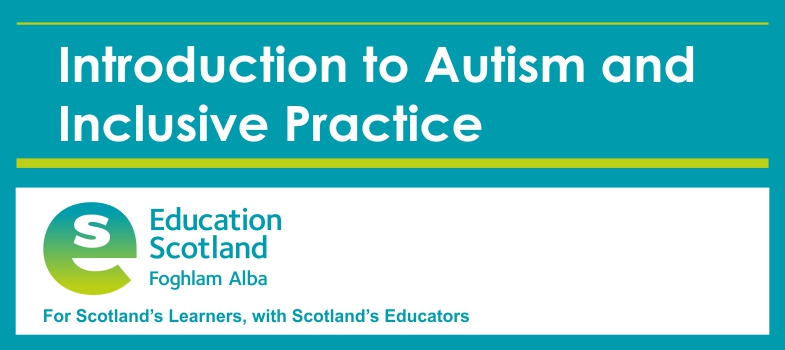3.2 Cognitive theories – overview
There are a number of theories that can help us to understand the ways autistic learners might experience the world and respond in the way that they do. These theories overlap and are not mutually exclusive. They can give us clues as to how to adapt what we do to support an autistic learner. It is important to remember, however, that autistic learners are individuals and like the population as a whole will have different degrees of strengths and difficulties with the behaviours outlined in the theories below.
Activity 6
Click and reveal the headings to find out more about each theory.
Theory of mind
Answer
- develops from joint attention
- involves understanding other people's thoughts, feelings, beliefs and experiences
- being able to take this understanding into account in your own actions.
Weak executive function
The ability to:
Answer
- plan, organise and sequence thoughts and actions
- control our impulses.
Weak central coherence
Answer
- the tendency to focus on details, rather than the 'big picture'
- this focus affects the person's ability to consider context.
Context blindness
Answer
- challenge in processing or using all of the information from visual, auditory, historical and social contexts to make sense of experiences in the moment
- missing the 'obvious'.
Double empathy problem
Answer
A mutual challenge of misunderstanding intentions, motivations or communication between autistic and non-autistic people.
Monotropism
Answer
A tendency to focus attention on one thing at a time, with difficulty shifting attention and processing multiple stimuli which might support understanding.
3.1 What is autism?
